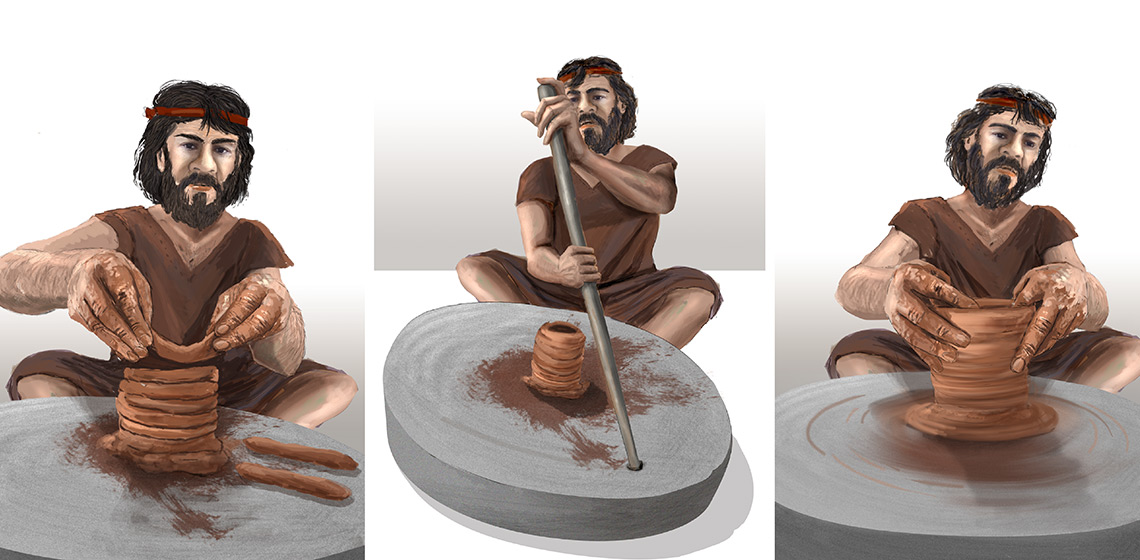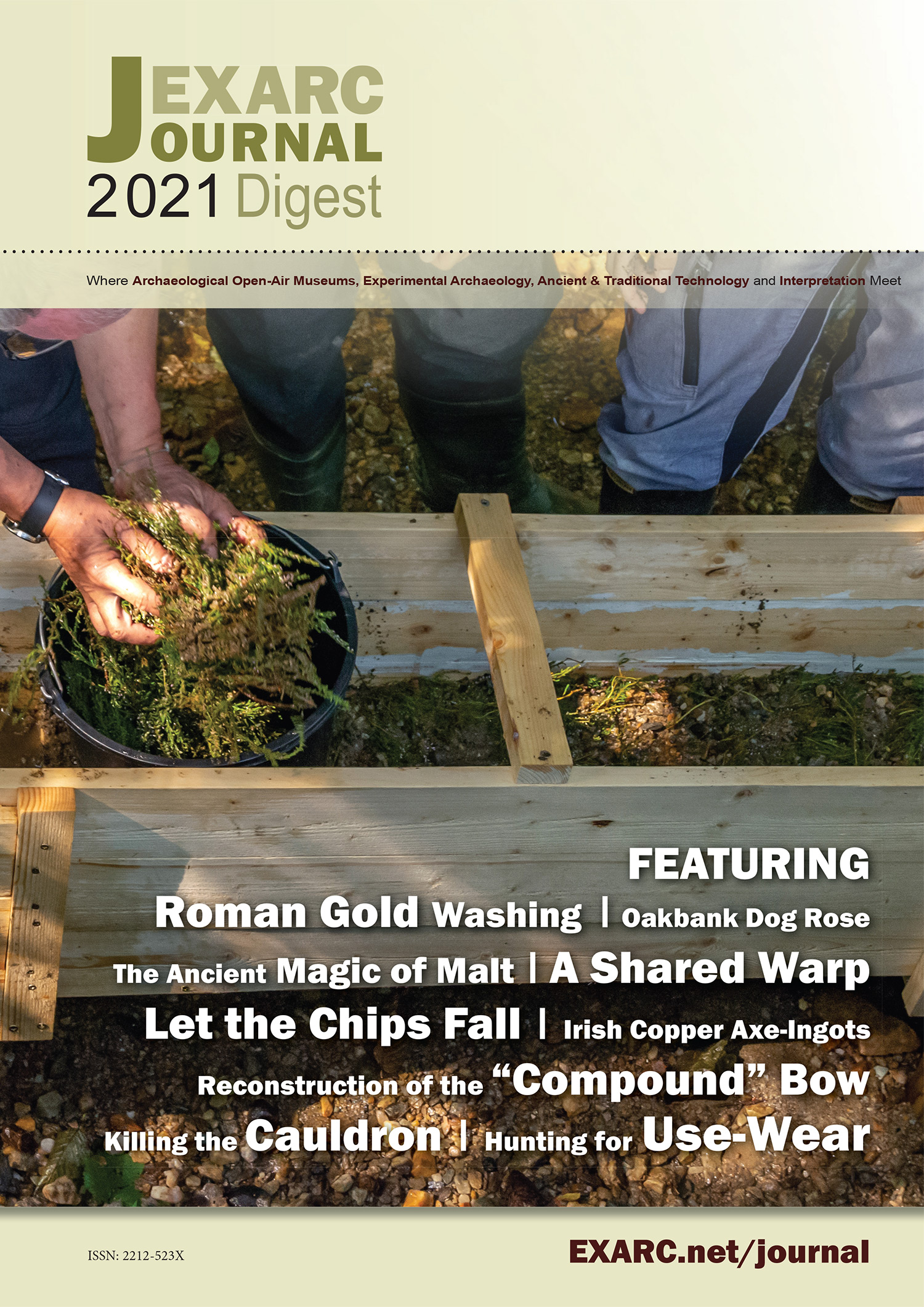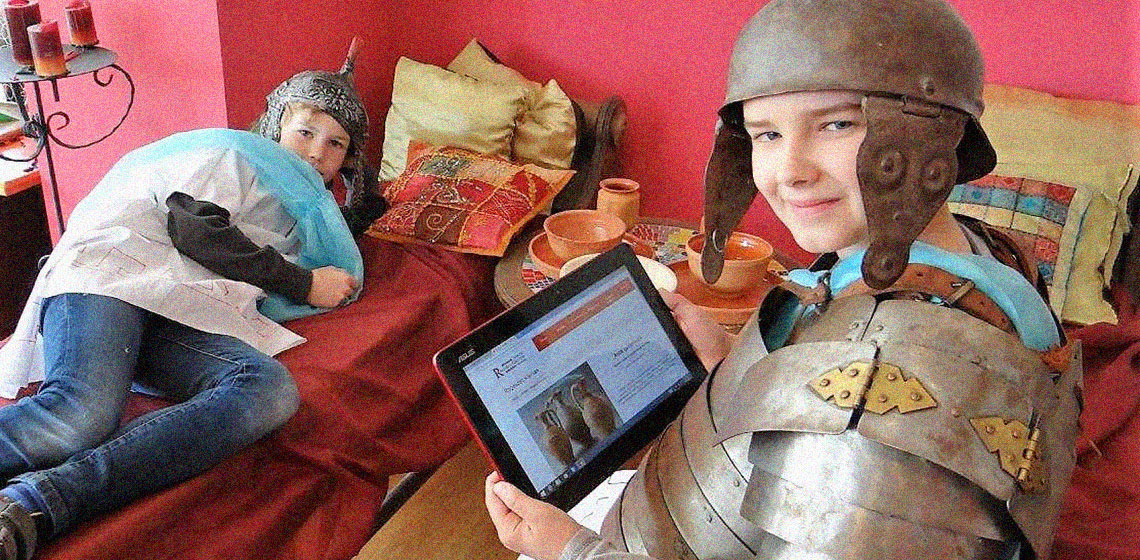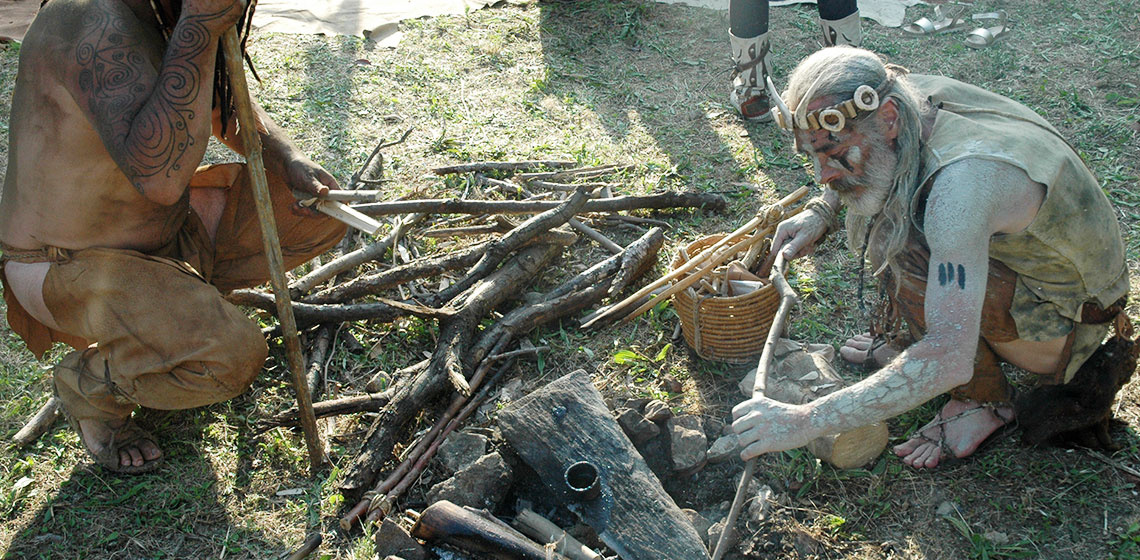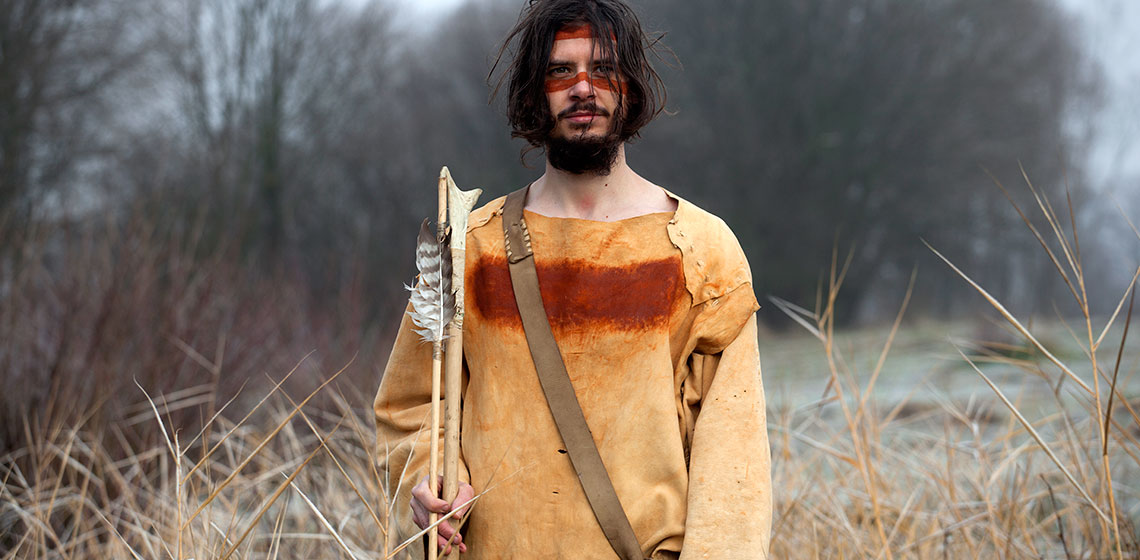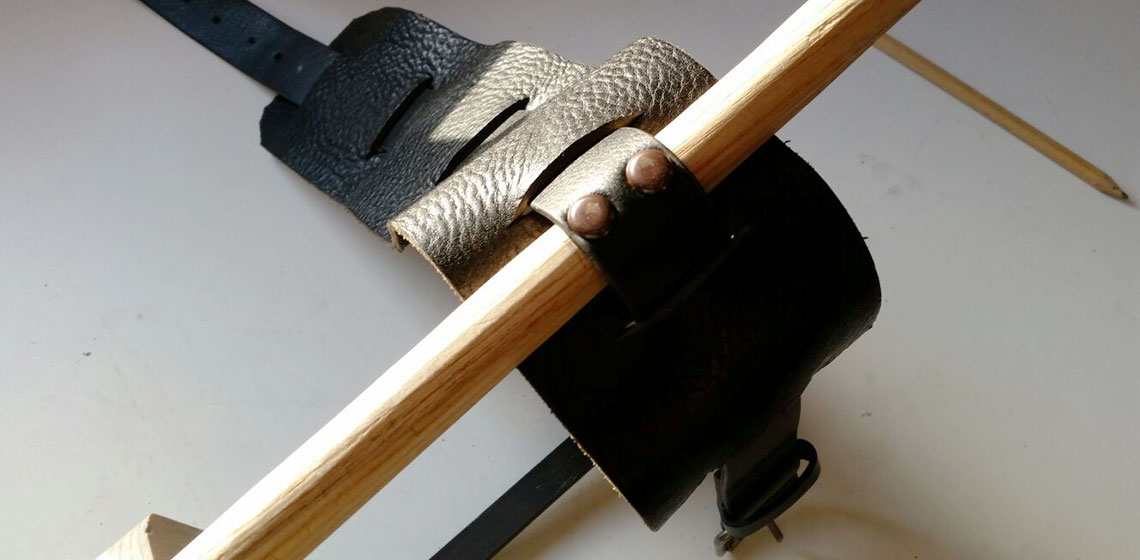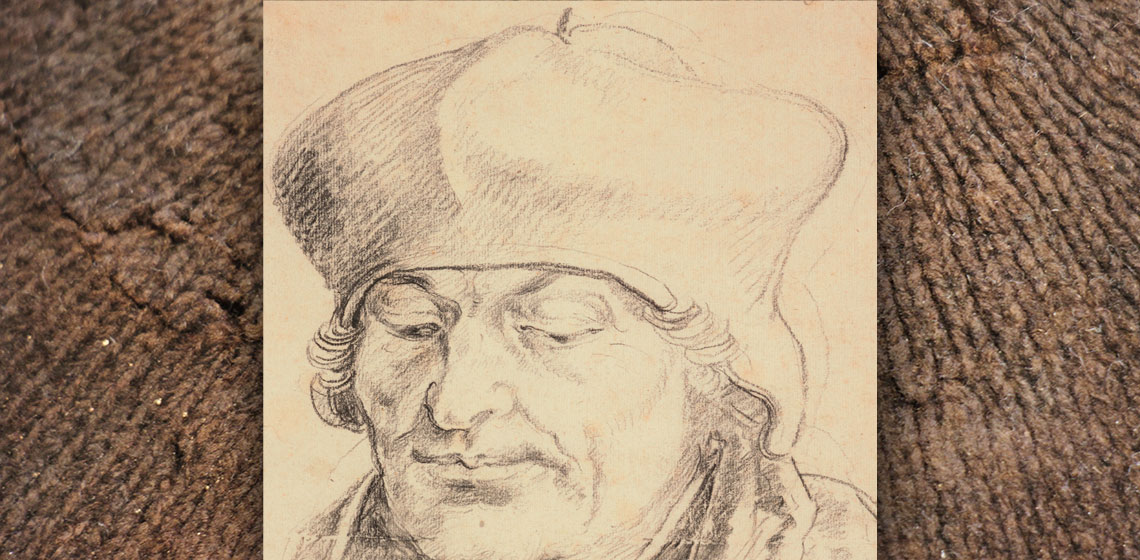EXARC Journal - Latest Articles
Prehistoric Dressing for Third Millennium Visitors. The Reconstruction of Clothing for an Exhibition in the Liptov Museum in Ruzomberok (Slovakia)
Scientific Profit through Daily Routine
***The open-air museum Campus Galli is a construction site where we built an early medieval monastery, following the so-called “Plan of St. Gall”, an architectural drawing from the first half of the 9th century (Carolingian period) as our major reference source (cf. Schedl, 2014; Facsimile: Tremp, 2014)...
Experimental Reconstruction of a Nineteenth Century Lower Limb Prosthetic Peg Leg – The Box Leg
***Scientific attempts to understand early prosthesis manufacturing techniques are rare. The academic research of artificial limbs has been limited to the historical analysis of documentary sources. This area still remains a fairly under-researched topic even under the more recent developments of disability studies (Childress, 1985)...
Some Uses of Experiment for Understanding Early Knitting and Erasmus' Bonnet
The experimental work directly related to the archaeological evidence turned out to be essential to the investigation, but much of it was too technical for the original publication. Experimental archaeology is its proper context, and I presented the posters this article is based on at the EXARC conference in Leiden in April 2017 (Kruseman, 2017a) and at the KEME symposium in Copenhagen in August 2017 (Kruseman 2017b). Thank you to the organizers and participants!
 The EXARC Journal (since 2004) is the leading Journal for those involved in
The EXARC Journal (since 2004) is the leading Journal for those involved in 